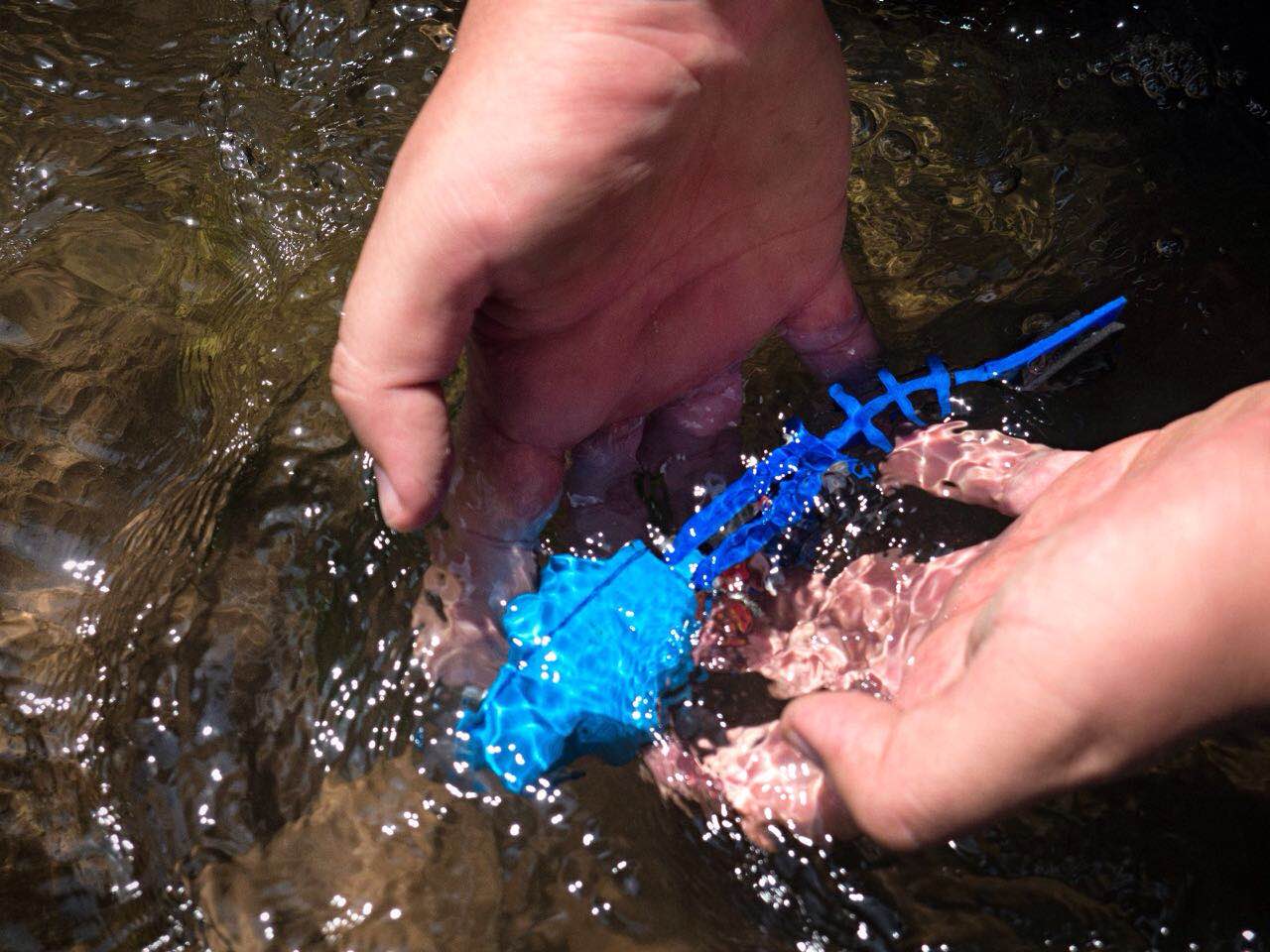
Innovators under 35 Contest is the worlds most prestigious youth award granted by MIT Technology Review, the oldest publication of the Massachusetts Institute of Technology (MIT). It was held for the fourth time in Peru and its objective is to reward those technological based projects that will have a determining effect on society, lifestyle and work in the coming years.
In 2016, the fourth generation of young Peruvians was recognized, whose work and talent will have an important impact on society in the following years.
We spoke with Luis Ernesto Flores Olazo, a graduate specialized in Electronic Engineering, who has become one of the winners of Innovators under 35 Perú of MIT Technology Review in Spanish. His project deals with a low-price robotic fish equipped with biosensors, which works as an aquatic sentinel by detecting contaminants, whose mission is to on site diagnose the presence of harmful elements in water sources and warn population who consume it.
What are the Project specifications?
Jellyfish Biorobotics is a startup, of which I am a co-founder, and it is aimed to revolutionize water environmental monitoring. In general, the robot and project have a lowprice approach and, in my opinion, various innovative features. For example, we are incorporating a relatively new in robotics paradigm called soft robotics, which incorporates soft and flexible materials in a robot structure that makes the design simpler, reduces the number of actuators, and therefore energy consumption; in addition, it brings us closer to biostructure or biomechanism design like a fish, one of the most efficient creatures moving through the water. For their manufacture, we used 3D printing, combining these flexible and rigid materials. The fish, at present, is radiocontrolled, but it has also some programmed behaviors that make it move autonomously. In parallel, we are developing and improving biosensors that will be included, which use biological components, i.e., «»genetically hacked»» microorganisms to make them become sensitive to the presence of contaminants e.g. arsenic, mercury, cadmium and cyanide.
This is a pioneering proposal of technological convergence. More than a simple integration, it is a deep integration between a mechatronic system and a biological system, which will better avail the best things of both technologies.
What were your motivations for developing the project?
The project was conceived in 2015, during a diploma course in synthetic biology I studied at Harvard University and MIT for the Fab Labs network worldwide: «»HOW TO GROW ALMOST ANYTHING»». It allowed me to join my background and the most important experiences I had, such as my electronic engineering studies, my passion for robotics, the fact of being born and raised in Cajamarca (one of the most water pollution-affected cities) and, finally, the revelation of synthetic biology allowed me to manipulate biological systems to create, for example, biosensors.
What makes Innovators under 35 a special event?
Innovators under 35 brings together young leaders of cutting-edge of high technology who are changing the world. Its philosophy and possibilities, based on the promotion of research, education, disclosure and development of technologies capable of transforming society, join the public, private and academic sectors of the country in an exceptional way. Ultimately, it manages to connect big problems of people with technologies that have a beneficial business purpose for society.